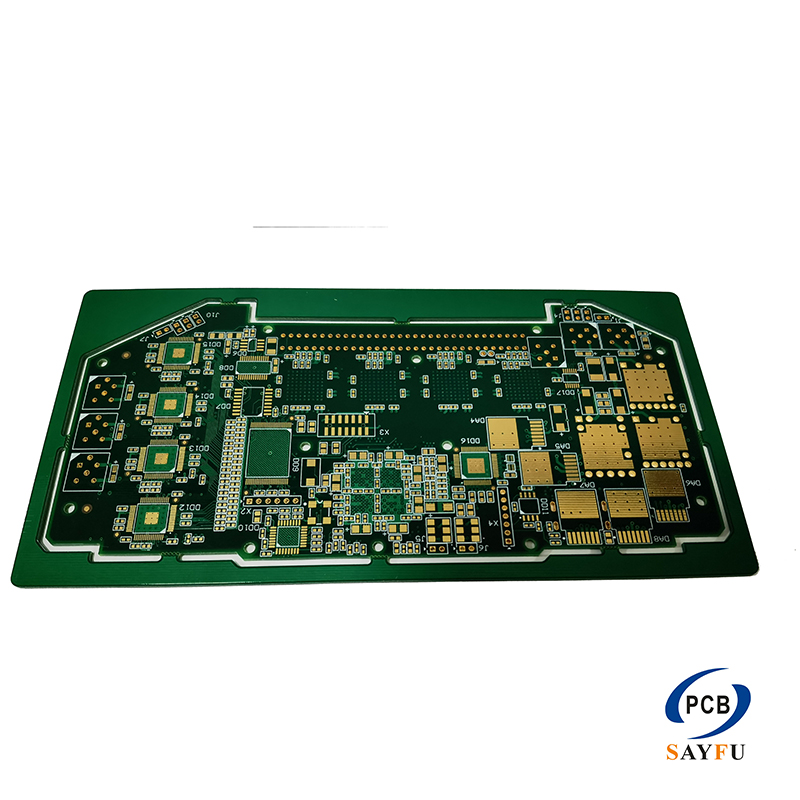ISOLA 370HR PCB holds the top position among high-reliability standard grades of PCB raw materials. It is not a common material for ordinary consumer electronics, but is recognized by the industry as one of the benchmarks for ensuring long-term stability in harsh environments. It serves as a crucial bridge connecting standard FR-4 with more expensive specialty materials such as polytetrafluoroethylene (PTFE).
The core position of ISOLA 370HR PCB stems from its outstanding comprehensive performance. It is a FR-4 type epoxy resin sheet with an extremely high Tg (glass transition temperature > 180°C), featuring an extremely low thermal expansion coefficient, excellent long-term thermal stability, and outstanding anti-CAF (conductive anode wire) performance. This means that the PCB boards manufactured from it can easily withstand multiple high-temperature impacts from lead-free soldering, and in harsh conditions of high temperature, high humidity, and high voltage, it can effectively prevent interlayer delamination, hole wall fracture, and short-circuit faults caused by ion migration, thereby ensuring that electronic devices have an extremely long service life and high reliability.
The core position of ISOLA 370HR PCB
Therefore, the ISOLA 370HR PCB sheet material is specifically designed for applications where high quality and long lifespan are required. It is widely used in aerospace electronic equipment, military hardware, high-speed backplanes of large network servers and data centers, core communication infrastructure, and high-end automotive electronic control systems. In these fields, the failure of equipment can lead to significant losses or safety accidents. Therefore, the choice of the base material for PCB directly affects the success or failure of the entire system.
Summary
In short, within the pyramid of PCB materials, ISOLA 370HR PCB is positioned below the apex of the pyramid and above the standard materials, belonging to the high-performance tier. It is the highly reliable and verified mature solution that engineers prioritize when dealing with demanding application environments to achieve the “zero failure” goal. It achieves an excellent balance between performance and cost.
